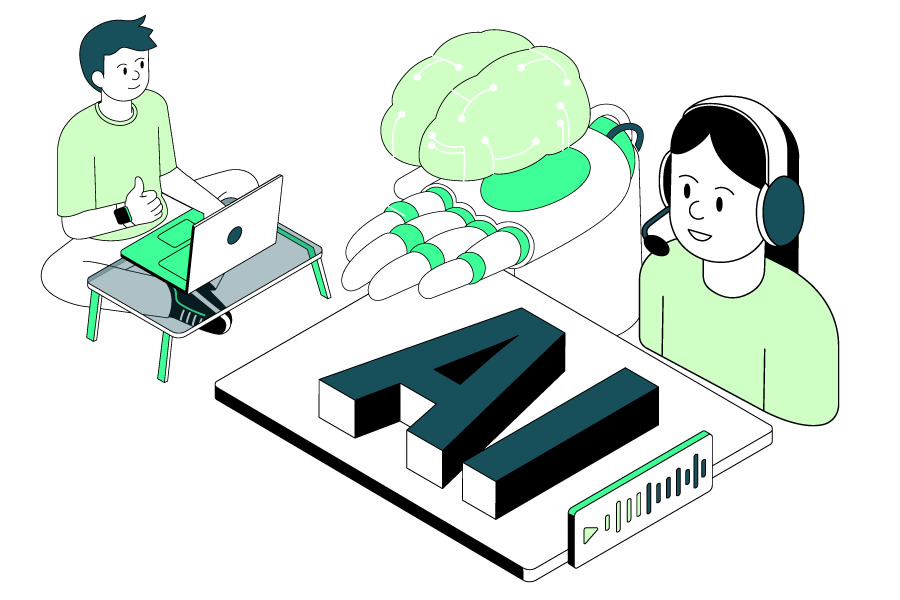The latest festive trading period highlights just how complex and unpredictable consumer behaviours and trends can be.
Whilst spending data released this month reported an increase in total UK retail sales for November and December, figures published by the BRC suggest fewer customers visited the shops this year – and just today, ONS data revealed a larger than expected drop in retail sales during December, as customer purchased items earlier in the year to help spread out costs. This shows the challenges businesses face – even in the most profitable periods in the retail calendar.
As we all can appreciate, consumer habits are constantly changing, influenced by cost-of-living fluctuations, spending caution, economic confidence, and even the weather. But what is clear, is that customers are still willing to venture out and spend – that is, if they receive an experience that is memorable, of perceived value and meets their needs and expectations. Products and services can be copied or imitated – it is the service experience that can differentiate and deliver that added value.
What are the trends among consumers, and which trends are no longer valid?
Despite faint signs of an economic recovery, it should come as no surprise that consumers remain cautious and selective when it comes to spending. The cost-of-living crisis continues to affect us all in some way. We’ve even seen the traditional January sales season lose some of its shine this year as customers continue to prioritise what they need over what’s a bargain (as my mum often says – it’s only a bargain if you needed it!).
Consumers are also considering more “physical” modes of spending, particularly on essential goods. They want to touch and feel the products they buy, and register the money being spent, as evidenced by the recent rise in cash usage.
There is something very tangible when you leave a shop with the goods or pay with cash. This is a trend that has gone against a lot of predictions. Although clearly, online shopping has not reached saturation. The online market will undoubtedly grow as digitalisation progresses. However, we should all remember that when customers are thinking harder about where they spend their hard-earned cash, the physical sensation of purchasing, and a physical connection with a human can make a real difference and, for some, becomes even more important.
As customers, we are balancing a whole range of decisions and drivers: price, efficiency, experience, value, and quality. Those companies that are clear about their proposition, consistently deliver against their promises and think about the whole experience will fare better in these challenging markets. Having a range of channels to do this is important, and never being presumptuous about how the customer will behave is critical.
What can businesses do to improve?
I would urge businesses to do right by their customers and provide the service experience they expect and deserve. Getting the service proposition right and providing customers with the reassurance they need when considering their options.
Service-oriented businesses should always aim to support their customers, especially when times are tough. In doing so, and by providing the best possible service from start to finish, organisations can offer a satisfying service experience – whether that’s when they make a transaction or call for assistance. This, in turn, will build confidence, loyalty, and – most importantly – trust. Above all, a lesson for us all is to never take your customer for granted.



